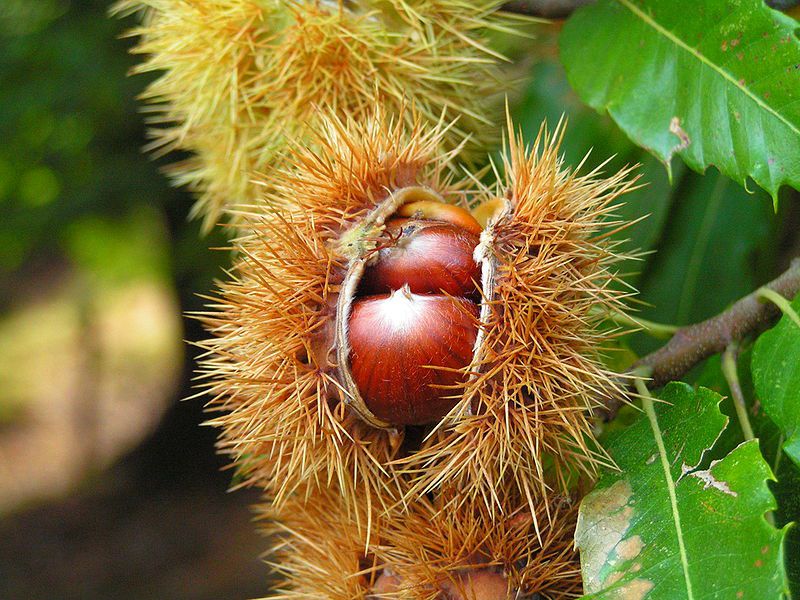-
 Rosemary
Rosemary
-
 Dextrorotatory
Dextrorotatory
-
 Solar panel
Solar panel
-
 Aurora
Aurora
-
 CME
CME
-
 Saros
Saros
-
 Analgesic
Analgesic
-
 Oviduct
Oviduct
-
 Super-resolution microscope
Super-resolution microscope
-
 Edge
Edge
-
 Shuttering blocks
Shuttering blocks
-
 Dew
Dew
-
 Axon
Axon
-
 Continental shelf
Continental shelf
-
 Myrmecophagy
Myrmecophagy
-
 Fibril
Fibril
-
 Agenda 21
Agenda 21
-
 Authorisation certificate
Authorisation certificate
-
 Arsenic
Arsenic
-
 Wire drawing
Wire drawing
-
 Ammon's horn
Ammon's horn
-
 UEPS
UEPS
-
 Reunion marsh harrier
Reunion marsh harrier
-
 Toluene
Toluene
-
 Winter solstice
Winter solstice
-
 Boot
Boot
-
 Oat
Oat
-
 Post-mortem lividity
Post-mortem lividity
-
 Appulse
Appulse
-
 Herbivore
Herbivore
Sweet Chestnut
Sweet chestnut season
The sweet chestnut is an autumn fruit, harvested from September to December.
Nutritional value of chestnuts
Sportsmen and women or people who tend to feel tired in winter should especially enjoy sweet chestnuts as this fruit is generous in slow carbohydrates and also contains a good amount of vitamin B. It is very high in calories, and contains 180 kilocalories per 100 grammes, i.e. more than banana or potato. Sweet chestnuts also contain unsaturated fatty acids which help fight cholesterol.
Sweet chestnut varieties
There are close to 700 species of sweet chestnut, and the size of the fruit varies from a few grammes to over 30 grammes.
Choosing sweet chestnuts
It is best to choose heavy fruit with a shiny skin. Avoid fruit with holes in the shell as this means they are no longer good to eat. Do not remove the "torch" at the end of the chestnut, to prevent creating an opening.
What is the difference between a sweet chestnut and a horse chestnut?
If you think you're eating a horse chestnut, you're actually eating a chestnut. The two fruit come from the same tree (the chestnut tree) but can be differentiated as the horse chestnut inside the burr is not partitioned (single almond), while the burr that encloses the sweet chestnut contains several fruit (several almonds). The horse chestnut is therefore larger and rounder but is not edible.
There are also horse chestnut trees that produce toxic fruit.
 Several chestnuts are contained in the same burr, otherwise it is a horse chestnut. © BenHur / Licence Creative Commons
Several chestnuts are contained in the same burr, otherwise it is a horse chestnut. © BenHur / Licence Creative Commons
Latest
Fill out my online form.



